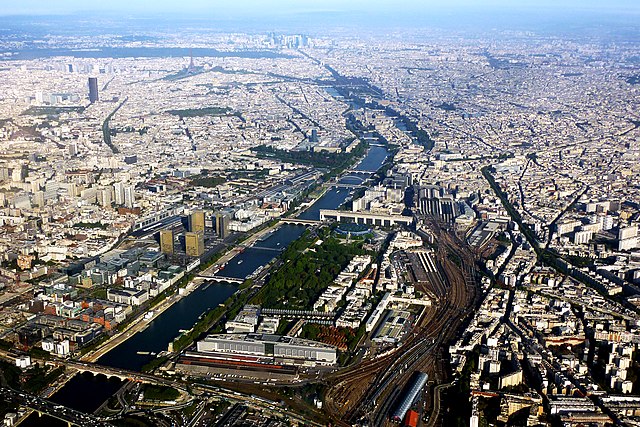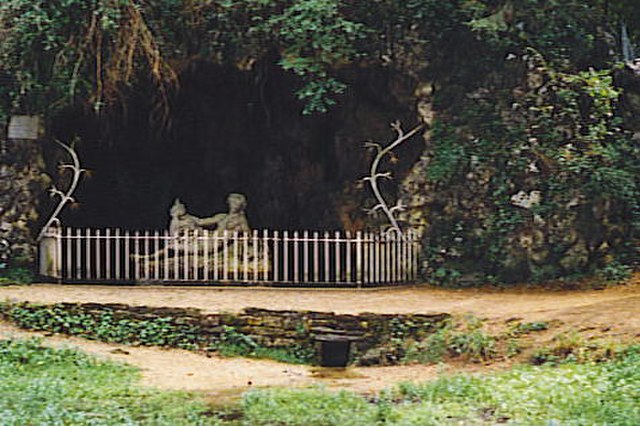In Gallo-Roman religion, Sequana is the goddess of the river Seine, particularly the springs at the source of the Seine, and the Gaulish tribe the Sequani. The springs, called the Fontes Sequanae, are located in a valley in the Châtillon Plateau, to the north-west of Dijon in Burgundy, and it was here, in the 2nd or 1st century BCE, that a healing shrine was established. The sanctuary was later taken over by the Romans, who built two temples, a colonnaded precinct and other related structures centred on the spring and pool. Many dedications were made to Sequana at her temple, including a large pot inscribed with her name and filled with bronze and silver models of parts of human bodies to be cured by her. Wooden and stone images of limbs, internal organs, heads, and complete bodies were offered to her in the hope of a cure, as well as numerous coins and items of jewellery. Respiratory illnesses and eye diseases were common. Pilgrims were frequently depicted as carrying offerings to the goddess, including money, fruit, or a favourite pet dog or bird.

Image of Sequana in a duckboat
The Seine is a 777-kilometre-long (483 mi) river in northern France. Its drainage basin is in the Paris Basin covering most of northern France. It rises at Source-Seine, 30 kilometres (19 mi) northwest of Dijon in northeastern France in the Langres plateau, flowing through Paris and into the English Channel at Le Havre. It is navigable by ocean-going vessels as far as Rouen, 120 kilometres (75 mi) from the sea. Over 60 percent of its length, as far as Burgundy, is negotiable by large barges and most tour boats, and nearly its whole length is available for recreational boating; excursion boats offer sightseeing tours of the river banks in the capital city, Paris.
The Seine in Paris
View over the Seine in Paris, Pont des Invalides in the foreground, Eiffel tower in the background
The source of the Seine
The gigantic Cratère de Vix - at 1.64 meters high, the largest bronze vessel of all antiquity, circa 500 BC





